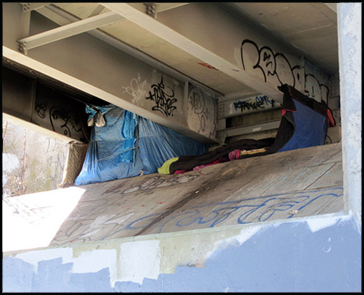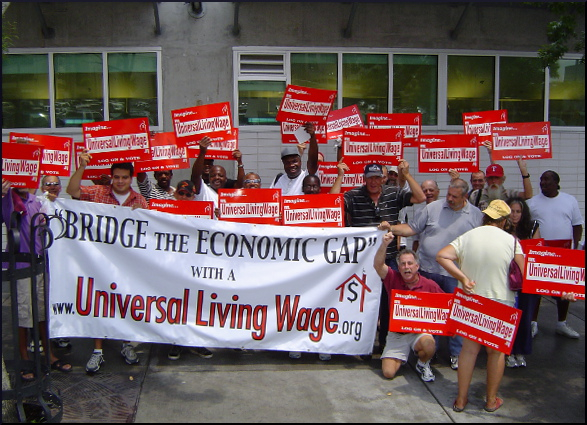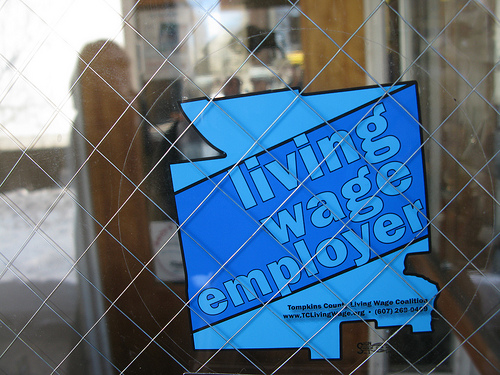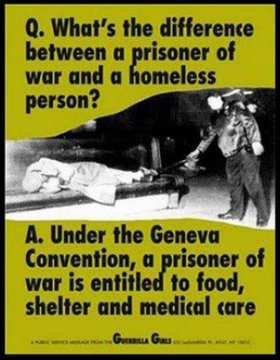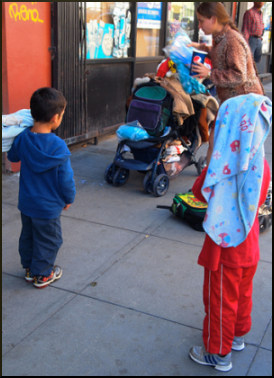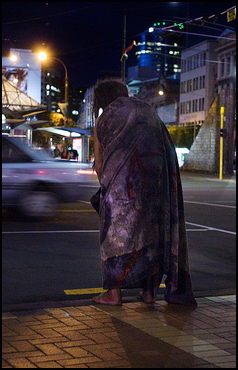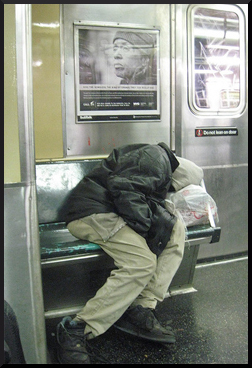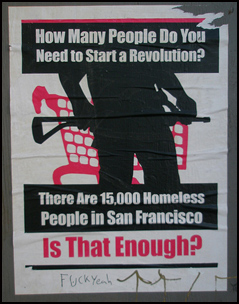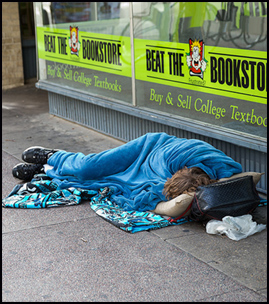
Before we get started, let’s just mention that Richard R. Troxell, co-founder of House the Homeless, has once again been quoted in the national media, this time CNN.
Last time, we finished up with a mention of a guy in New Jersey who wanted to go to jail so badly he publicly consumed alcohol in front of police officers. But rather than time in a penal institution, they just gave him a ticket. It’s a pathetic story and an illustrative one, but with not much damage done to society in general.
And then you get people whose desperation causes serious consequences to others. Last month, in York City, PA, a man who had only been able to afford one night in a motel set a fire just before check-out time. He surrendered to the authorities, as he had intended to do all along, because he had nowhere else to go, and jail looked pretty good right about then.
The fire turned out to be more than he had bargained for. (The possibility of a defective alarm system is under investigation.) An employee suffered burns, fortunately minor, and the fire did $750,000 worth of damage to the place. Plus, it made several more people homeless.
This isn’t only happening in the U.S. In September, word came from Ireland of a man who was mugged and severely beaten, and who then became an assailant himself, attacking paramedics who tried to come to his aid. Then, Oliver Cleary punched a police officer, and that got him arrested for sure, which turned out to be okay with him.
Deborah McAleese reported for the Belfast Telegraph:
District Judge Bagnall said she would consider suspending a prison term. But standing in the dock Cleary shook his head and the judge asked his lawyer: ‘Is a short custodial sentence more helpful in the longer term?’
After speaking to Cleary, the lawyer said: ‘Bizarrely, he would prefer a short custodial sentence because he has nowhere to go to.’
Ms Bagnall agreed to sentence Cleary to one month behind bars for disorderly behaviour.
And it isn’t only jail that people are trying to get into. Last May, in a small Kentucky town, a 27-year-old woman made a desperate bid for accommodation in a domestic violence shelter. Scott Sutton reported:
[Ashely] Basham claimed she was walking in the parking lot of a Murfreesboro Walmart last Saturday when her ex-girlfriend stabbed her multiple times with a knife. Police investigated and saw injuries to the woman’s stomach, shoulders and legs. The injuries were so severe that she had to get staples in her leg.
Further investigation revealed that it didn’t happen that way, and the wounds were self-inflicted. Basham was arrested for filing a false report, but there doesn’t seem to be any further news on whether she went to jail, the hospital, or the shelter.
Crazy as it seems, things are set up in such a way that imprisonment is the best answer some people are able to find to the overwhelming challenges of life. One such person is commemorated in a song called “Joe,” written by Mike Laureanno of Providence, RI. One verse goes like this:
Every now and then a day in jail is warm
Three hots and a cot
A misdemeanor works like a charm
The sergeant knows his name
Slips him some change
One last thought — a recent House the Homeless survey learned that:
[…] 47% of the survey respondents, have been given a ticket with a court date only to show up on that date and be told to return sometime in the future either because the accusing officer did not show up and/or because the ticket had not yet been processed in the system.
HTH has been told this is a regularly occurring event with multiple returns per ticket. Note that if at any time, the person experiencing homelessness fails to report on the assigned/reassigned date, the ticket ‘goes to warrant’ and the individual becomes subject to arrest and jail time. A class ‘C’ misdemeanor (e.g., no camping ticket) is a criminal offense and serves to be one a more barrier to housing, employment, and escaping homelessness.
So, the lesson here is, when living outside gets too miserable and jail seems like the better alternative, a person does not even need to be violent or larcenous. All they have to be is unable to keep up with a Kafka-esque runaround.
Reactions?
Source: “Police: Homeless man said he torched York City motel so he could go to jail,” YorkDispatch.com, 02/04/13
Source: “Homeless man begs to be jailed,” BelfastTelegraph,co.uk, 09/15/12
Source: “Police: Homeless woman stabs self for free room,” WLOX.com, 05/17/12
Source: “2013 HtH Civil Rights Survey Summary,” HouseTheHomeless.org, 02/27/13
Image by ibm4381 (John Benson).

